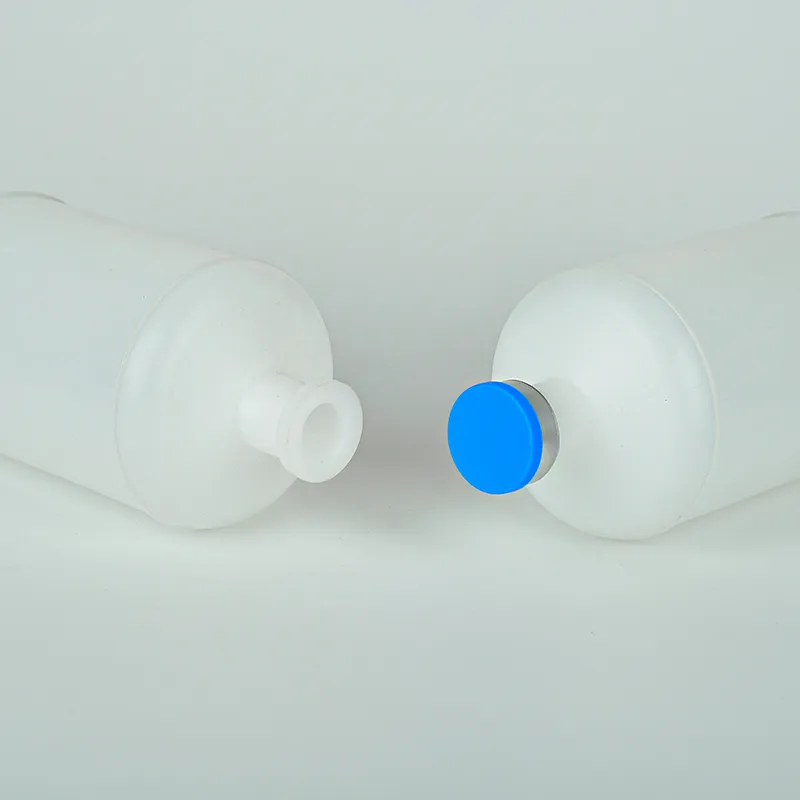
-
 Afrikaans
Afrikaans -
 Albanian
Albanian -
 Amharic
Amharic -
 Arabic
Arabic -
 Armenian
Armenian -
 Azerbaijani
Azerbaijani -
 Basque
Basque -
 Belarusian
Belarusian -
 Bengali
Bengali -
 Bosnian
Bosnian -
 Bulgarian
Bulgarian -
 Catalan
Catalan -
 Cebuano
Cebuano -
 Corsican
Corsican -
 Croatian
Croatian -
 Czech
Czech -
 Danish
Danish -
 Dutch
Dutch -
 English
English -
 Esperanto
Esperanto -
 Estonian
Estonian -
 Finnish
Finnish -
 French
French -
 Frisian
Frisian -
 Galician
Galician -
 Georgian
Georgian -
 German
German -
 Greek
Greek -
 Gujarati
Gujarati -
 Haitian Creole
Haitian Creole -
 hausa
hausa -
 hawaiian
hawaiian -
 Hebrew
Hebrew -
 Hindi
Hindi -
 Miao
Miao -
 Hungarian
Hungarian -
 Icelandic
Icelandic -
 igbo
igbo -
 Indonesian
Indonesian -
 irish
irish -
 Italian
Italian -
 Japanese
Japanese -
 Javanese
Javanese -
 Kannada
Kannada -
 kazakh
kazakh -
 Khmer
Khmer -
 Rwandese
Rwandese -
 Korean
Korean -
 Kurdish
Kurdish -
 Kyrgyz
Kyrgyz -
 Lao
Lao -
 Latin
Latin -
 Latvian
Latvian -
 Lithuanian
Lithuanian -
 Luxembourgish
Luxembourgish -
 Macedonian
Macedonian -
 Malgashi
Malgashi -
 Malay
Malay -
 Malayalam
Malayalam -
 Maltese
Maltese -
 Maori
Maori -
 Marathi
Marathi -
 Mongolian
Mongolian -
 Myanmar
Myanmar -
 Nepali
Nepali -
 Norwegian
Norwegian -
 Norwegian
Norwegian -
 Occitan
Occitan -
 Pashto
Pashto -
 Persian
Persian -
 Polish
Polish -
 Portuguese
Portuguese -
 Punjabi
Punjabi -
 Romanian
Romanian -
 Russian
Russian -
 Samoan
Samoan -
 Scottish Gaelic
Scottish Gaelic -
 Serbian
Serbian -
 Sesotho
Sesotho -
 Shona
Shona -
 Sindhi
Sindhi -
 Sinhala
Sinhala -
 Slovak
Slovak -
 Slovenian
Slovenian -
 Somali
Somali -
 Spanish
Spanish -
 Sundanese
Sundanese -
 Swahili
Swahili -
 Swedish
Swedish -
 Tagalog
Tagalog -
 Tajik
Tajik -
 Tamil
Tamil -
 Tatar
Tatar -
 Telugu
Telugu -
 Thai
Thai -
 Turkish
Turkish -
 Turkmen
Turkmen -
 Ukrainian
Ukrainian -
 Urdu
Urdu -
 Uighur
Uighur -
 Uzbek
Uzbek -
 Vietnamese
Vietnamese -
 Welsh
Welsh -
 Bantu
Bantu -
 Yiddish
Yiddish -
 Yoruba
Yoruba -
 Zulu
Zulu
Understanding the Various Uses and Applications of Test Tubes in Scientific Experiments and Research
Understanding the Purpose of Test Tubes
Test tubes are fundamental tools widely used in laboratories, educational institutions, and research facilities. Their simplicity, versatility, and effectiveness make them essential instruments in various scientific disciplines, including chemistry, biology, and medicine. This article explores what a test tube is used for, its importance in scientific studies, and how it significantly contributes to advancements in various fields.
A test tube is a cylindrical glass or plastic container that is open at one end, primarily used to hold, mix, or heat small quantities of substances in experiments. With a variety of sizes ranging from milliliters to liters, test tubes cater to different research needs. They are often equipped with markings that indicate the measurement levels for added precision.
Understanding the Purpose of Test Tubes
In biology, test tubes serve as vital tools for growing and analyzing cultures. For instance, microbiologists use them to grow bacterial cultures and investigate various microbial properties. The sterile nature of glass test tubes ensures that external bacteria do not contaminate the cultures, providing accuracy in results. Additionally, test tubes are instrumental in techniques like polymerase chain reaction (PCR), which is essential for amplifying DNA samples in genetic studies.
what is a test tube used for

Another significant use of test tubes is in education. In schools and universities, they play a crucial role in teaching students about chemical reactions and biological processes. Test tubes allow students to conduct experiments safely and observe scientific principles in action. The hands-on experience gained from lab work fosters a deeper understanding of theoretical concepts in science.
Aside from traditional uses, test tubes have found applications in more specialized fields, including clinical laboratories. Here, they are used for blood tests, where samples are collected in tubes containing various additives to preserve specimens for analysis. These test tubes are essential for diagnostics, allowing healthcare professionals to determine health conditions based on the biochemical composition of a person’s blood.
The design of test tubes has also evolved over the years. Modern test tubes may come with caps to facilitate transport and storage, ensuring that the contents remain uncontaminated. Additionally, certain types of test tubes are designed to withstand extreme temperatures or aggressive chemicals, catering to specialized laboratory needs.
In conclusion, test tubes are indispensable tools in scientific research, education, and healthcare. Their versatility allows for a wide range of applications, from conducting experiments in chemistry and biology to performing crucial diagnostic tests in clinical settings. As science and technology continue to advance, the importance of test tubes in facilitating research and education will undoubtedly remain significant. By providing a simple yet effective means to conduct experiments, they enhance our understanding of the natural world and contribute to the ongoing pursuit of knowledge across various scientific disciplines.
-
Premium Metal Dropper Bottle for Precise Dispensing 250ml & 1ml Options AvailableNewsJul.04,2025
-
20 ml Headspace Vials - High Quality Polyethylene & Plastic Vials for Lab UseNewsJul.04,2025
-
Small Bottle with Pipette - Precise Dispensing 100ml Pipette Bottles for Essential Oils & Lab UseNewsJun.24,2025
-
Acetic Anhydride Bottle for Accurate Dropper Measurement in Pharmacy Use High-Quality Dropper BottlesNewsJun.10,2025
-
Innovative PET Bottle Design for Juice – Unique Shapes & Customization OptionsNewsJun.10,2025
-
20 Pack Sterilized Petri Dishes – Assorted Sizes, High Quality Small Plastic Petri Dishes for Lab UseNewsJun.10,2025






















